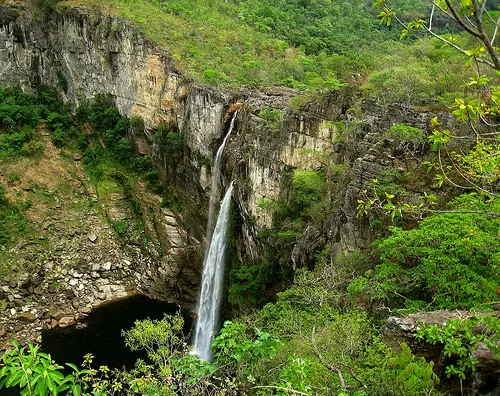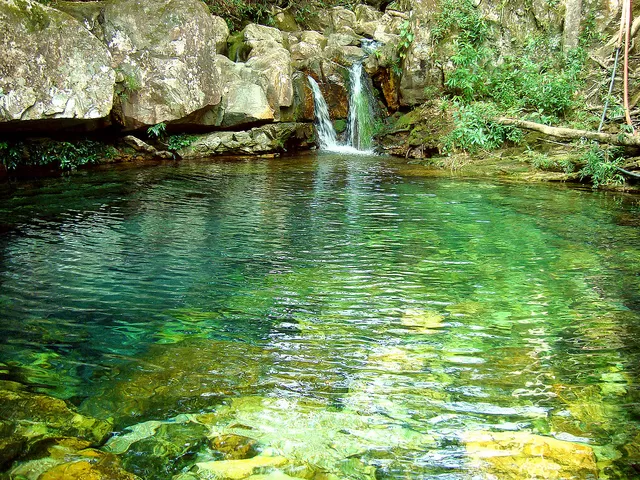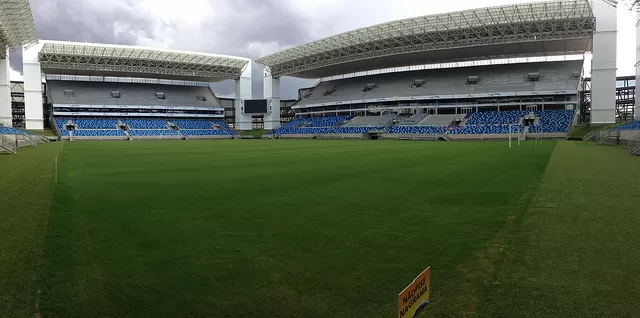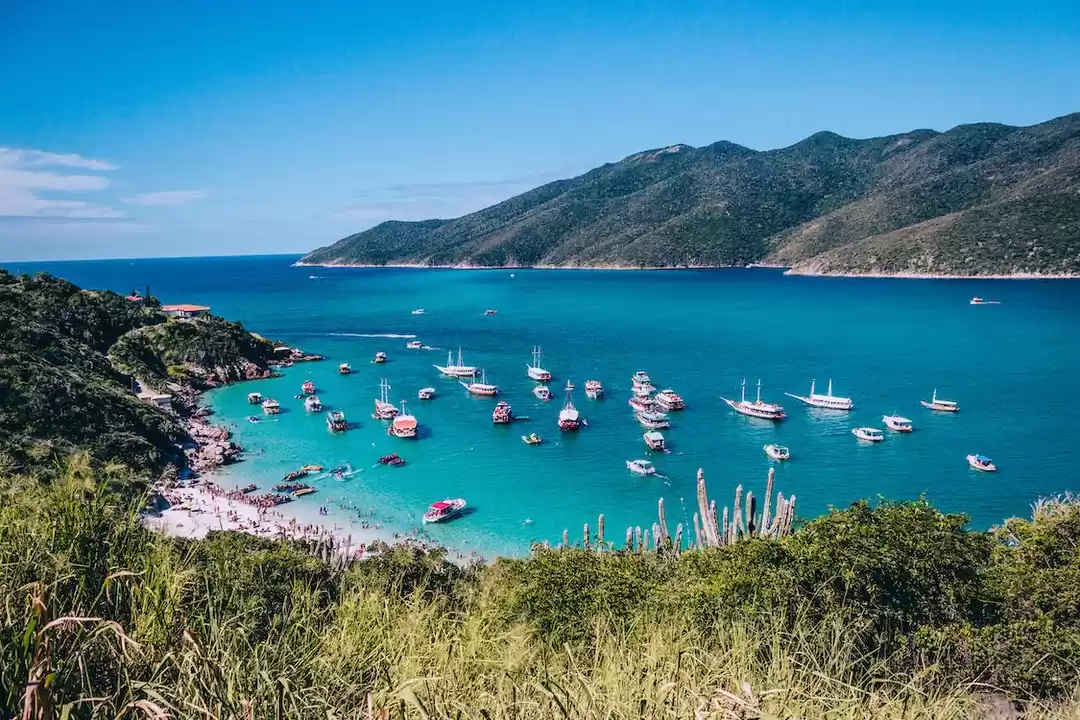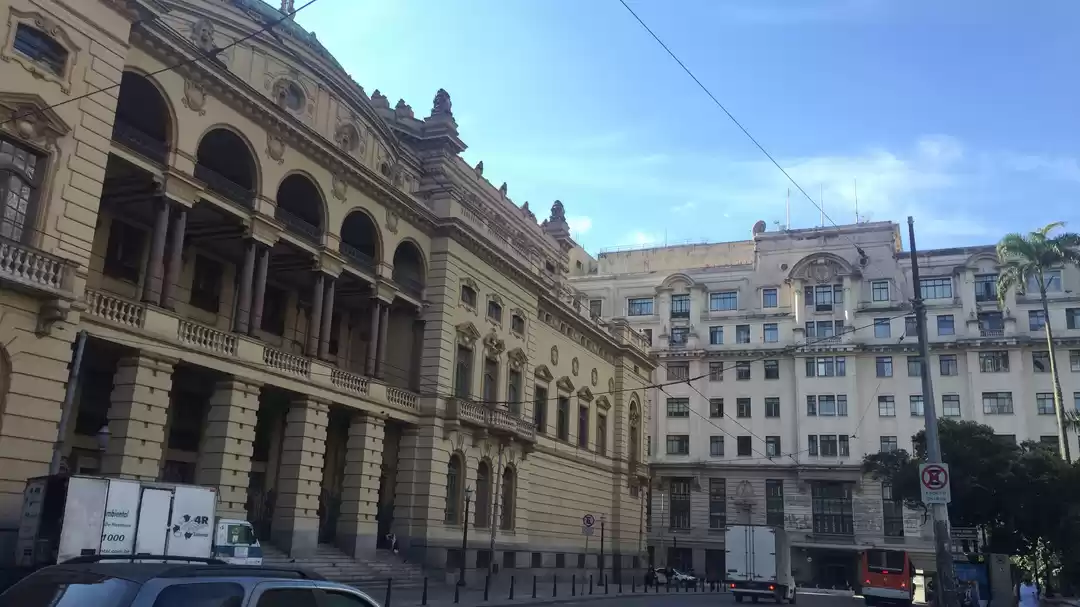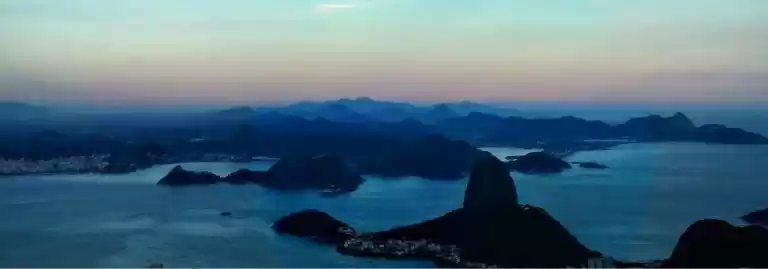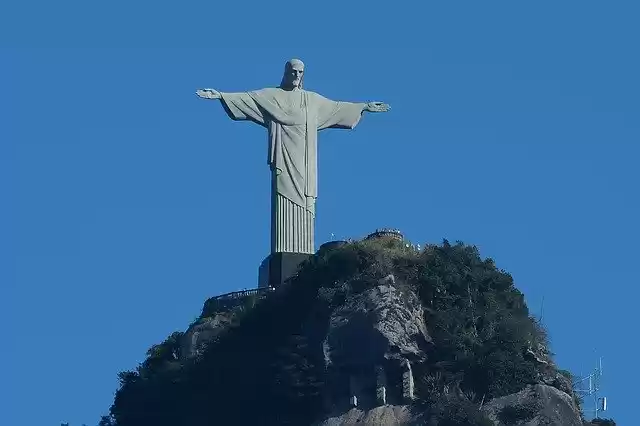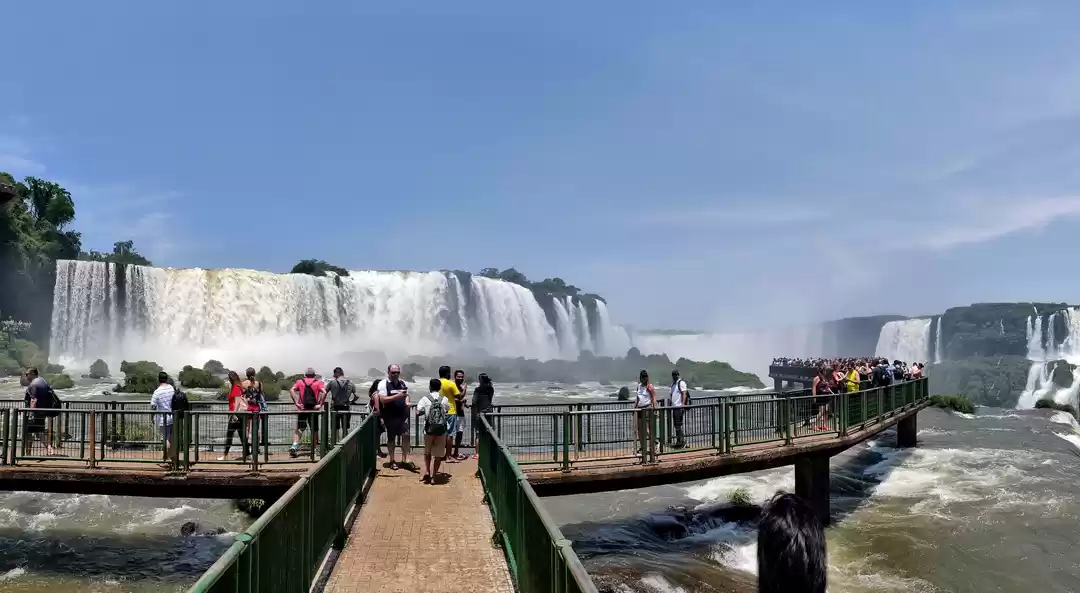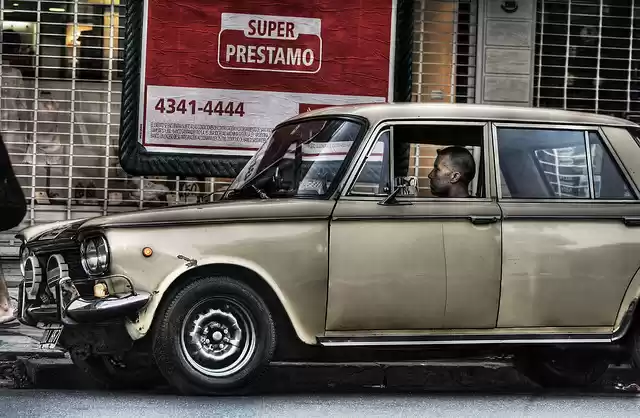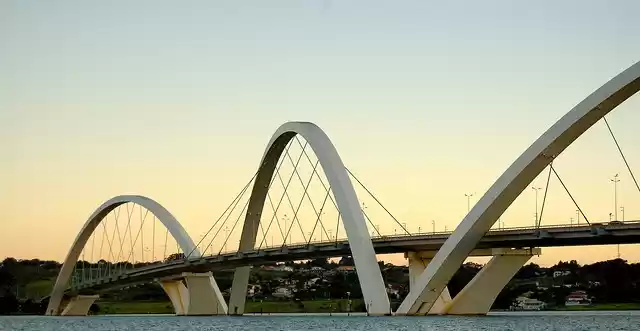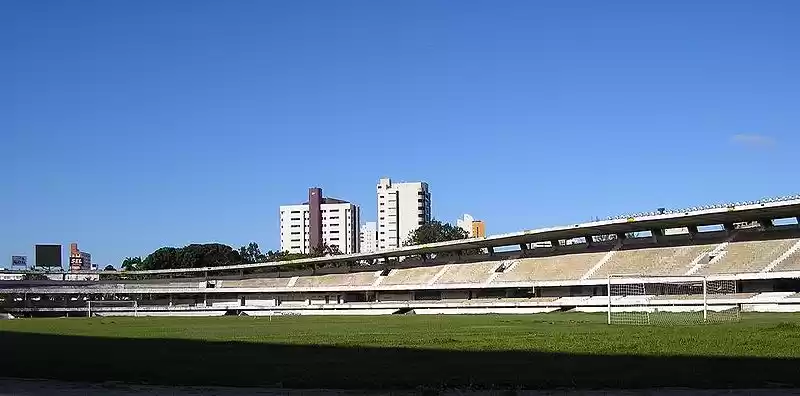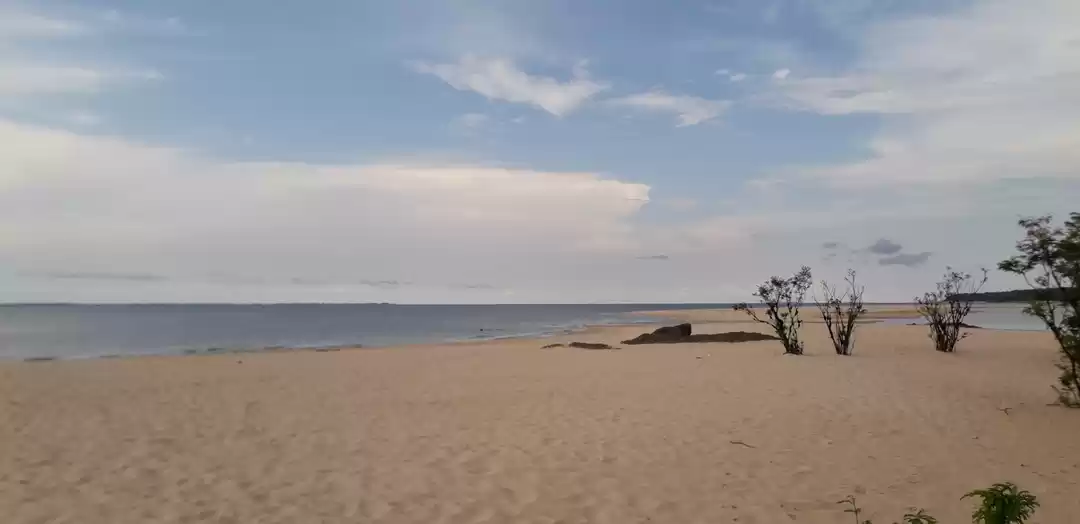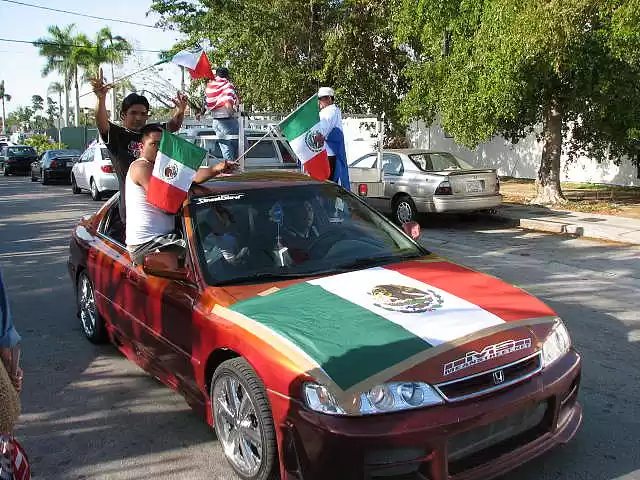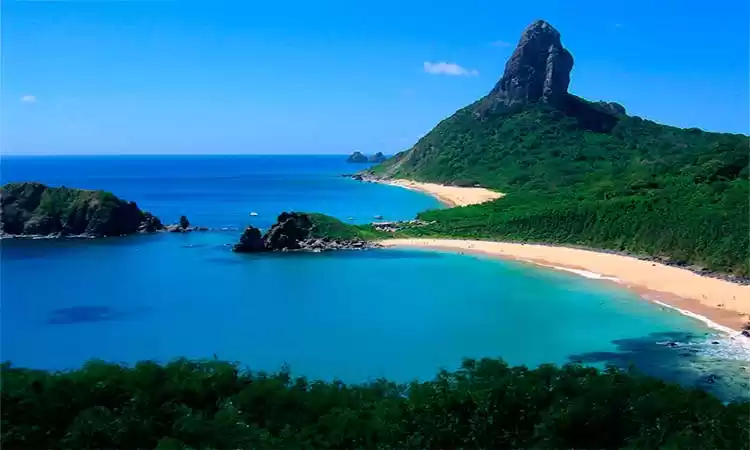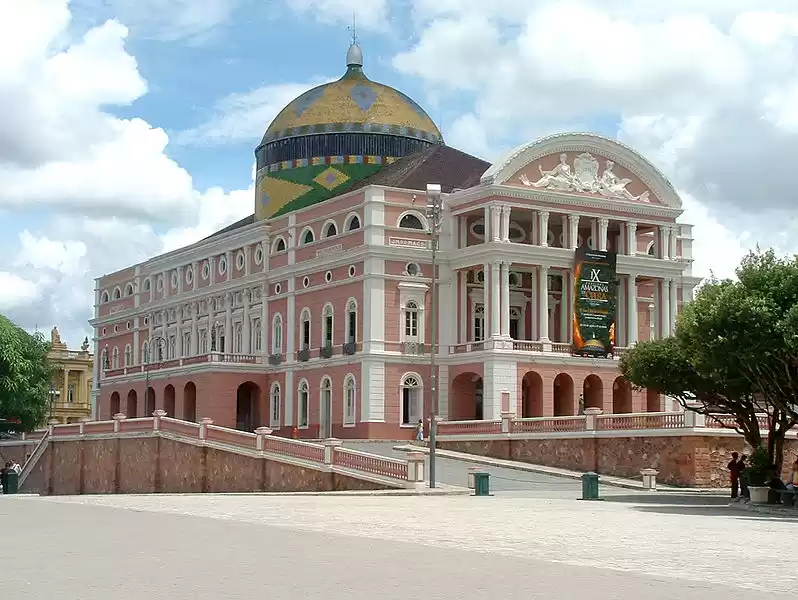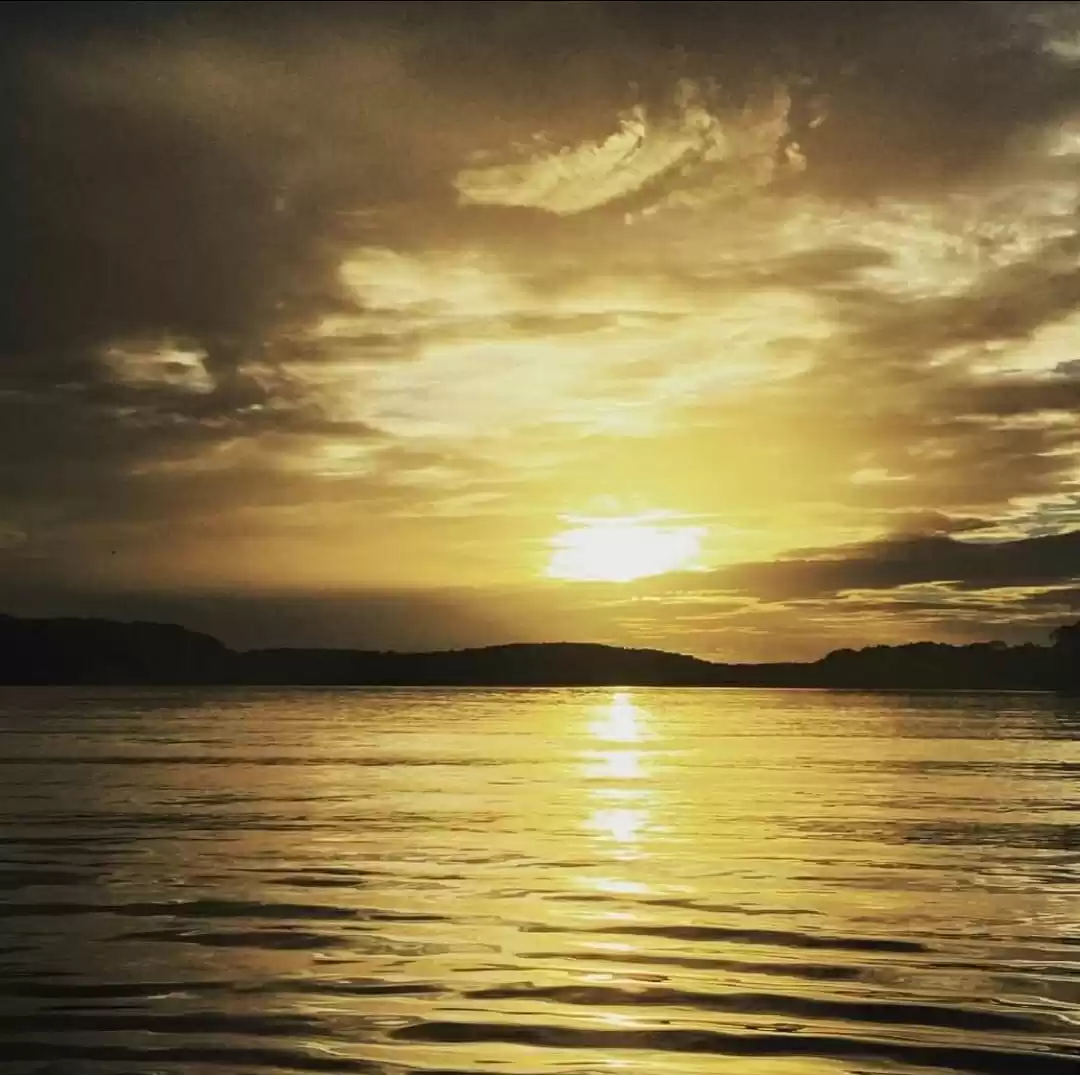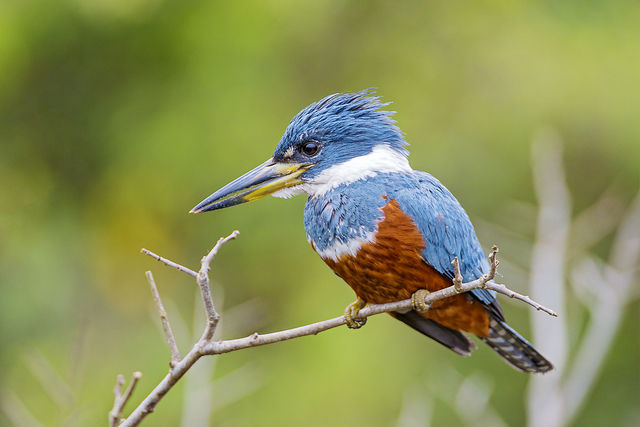
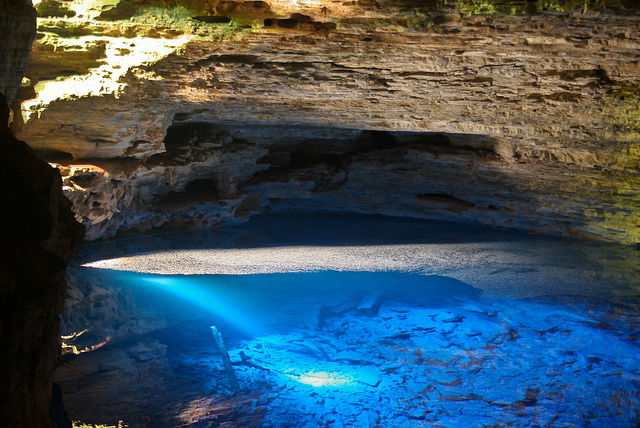
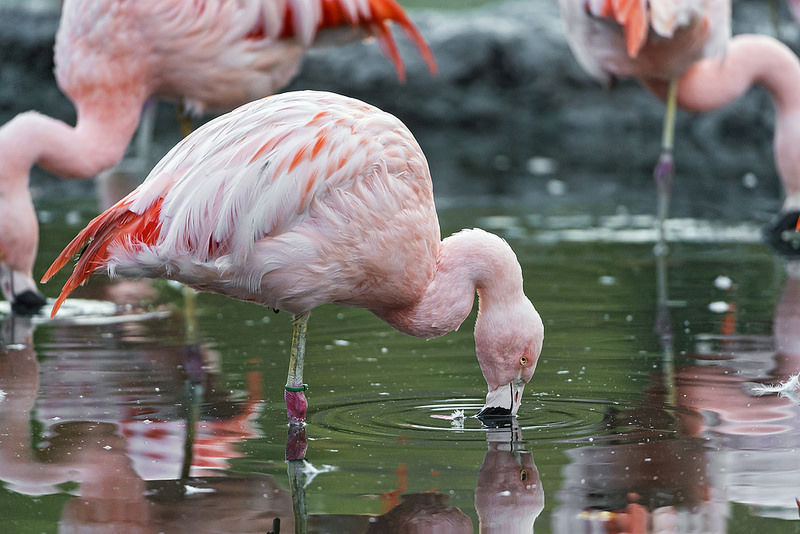
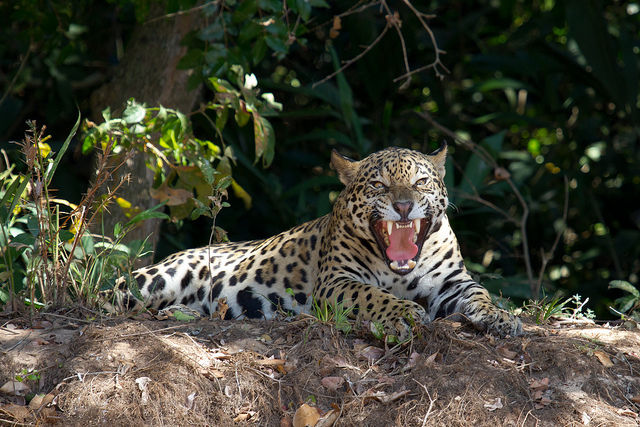
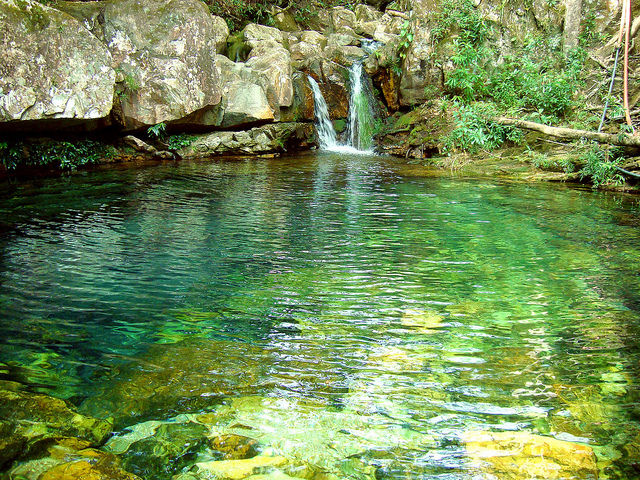
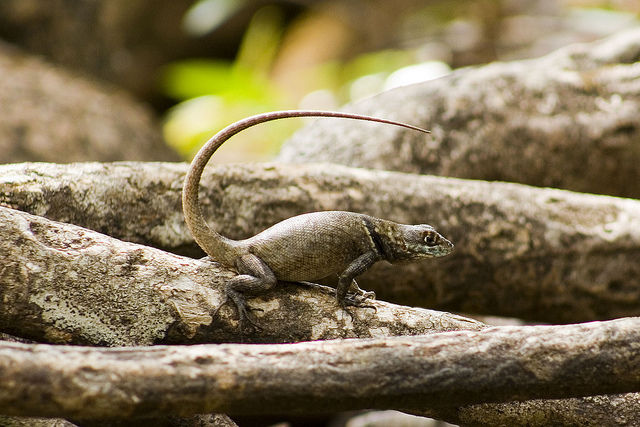
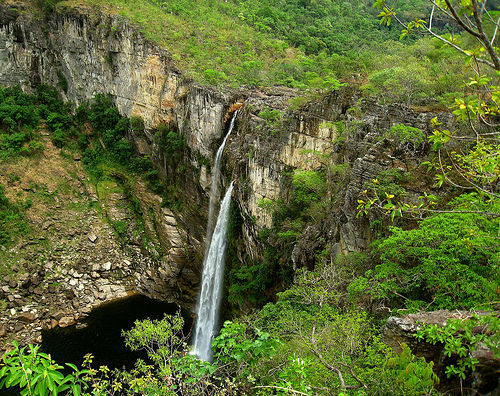
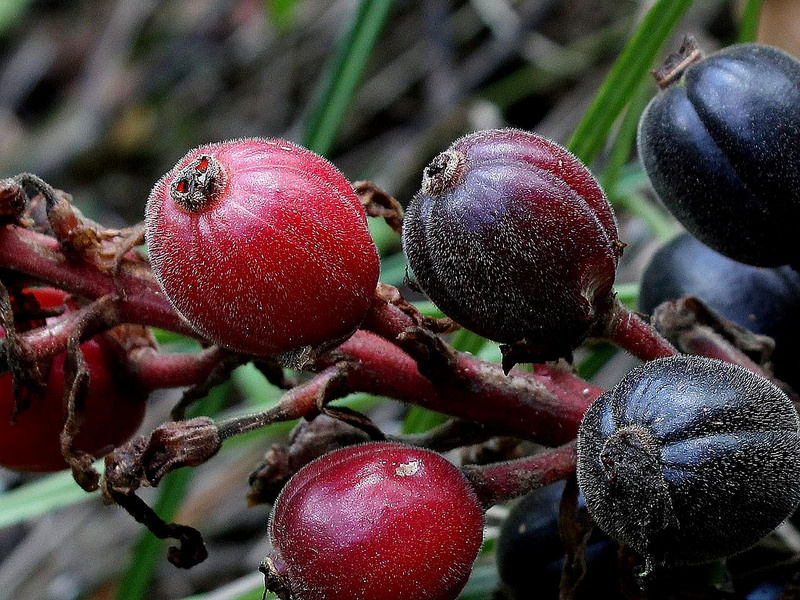
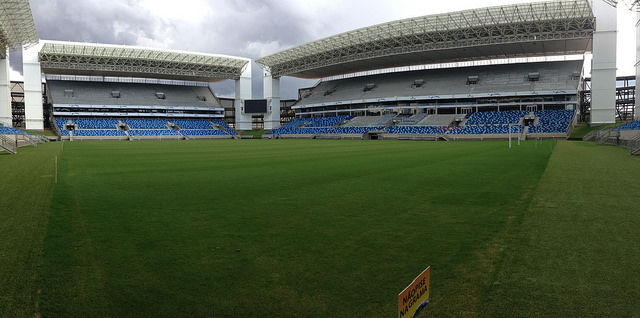
I strapped on my best pair of jeans in the journey towards Cuiaba, founded during the gold rush. The hot and dusty drive led us to some real wonders to gaze at. You experience the real Pantanal experience when you arrive at the wetlands. Tropical, lush forests surrounded us, as the air dampened up a bit more. Egrets, heron, yellow beaked cardinals, red necked seriama, and Woodstock fluttered past us, welcoming us into the Pantanal experience. A unique spectacle to witness is the cowboy driving cattle, giddying up on his horse, leaving nothing but a trail of dust encircling the air.
Cuiaba was founded after the gold rush of the 18th century, and is marked by the Rosário Church built in the center of the town. The town was forgotten for some time until the 1930s when agriculture became commercialize and the small town boomed into over 2 million inhabitants. Although the population has decreased significantly due to immigration in other cities, tourism has served as a major source of income for Cuiaba.
Rich in Native American, Portuguese, and African culture, Cuiaba also is home to diverse dances, craftwork, cuisine, and music. The city comes alive during the carnival time following up to Ash Wednesday.
The ‘Southern Gate To The Amazon’ typically has a very hot and humid climate, perfect for agriculture. The thick and twisted trunks of the ‘Cerrado’ trees stretch into giant umbrellas of rigid and broad leaves. Lush, green forests and stream valleys are a common sight to see, as you drive a bit further from Cuiaba into the capital of the Mato Grosso state.
The Mato Grosso state showcases the Chapada dos Guimaraes National Park, which holds the geographic center of South America. Within the lush green plateau, a waterfall gushes down, as you peer down the edge. The Cerrado landscape (or Brazillian Savanna) is a refreshing treat to the eyes, as the rocks turn multiple shades of color in the sunset. The terrain transforms from dusty desserts to dense forests quite abruptly, leaving visitors mesmerized. Traversing through one of the caves, a stream of sunlight hits you as you step out into the clear, blue waters of the lakes nearby. Made up of micro-organisms, one should avoid touching the waters, which others reflect magnificently in the sunlight. The Reah, or the South American ostrich, is also one of the many exotic animals at the Chapada, along with macaus, parrots, and king vultures.
The Cuiaba River glistened against the pale orange skies as we drove past it. Cuiaba is also one of the 12 cities to host the 2014 FIFA World Cup games at the Arena Pantanal. This arena, which replaced the previous Verdao, focuses on sustainability with plants and trees surrounding all four corners of the stadium. Fish is a popular delicacy in the Cuiaban cuisine, especially alligator meat. The Canijinjin is a drink recommended, made out of cloves, cinnamon, and ginger. The Frutos do Cerrado, a fruit flavored popsicle, is also a unique treat in the Cuiaban heat!
